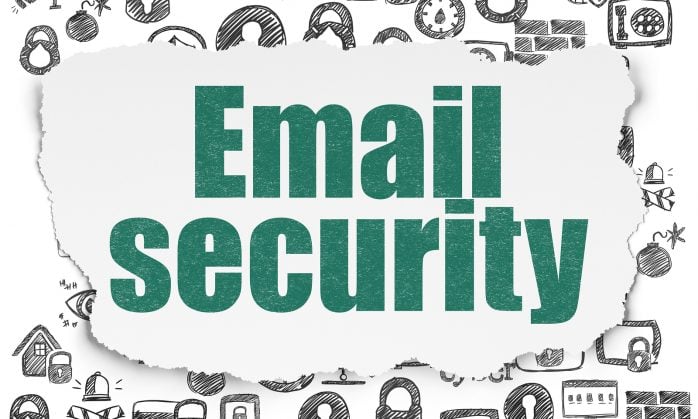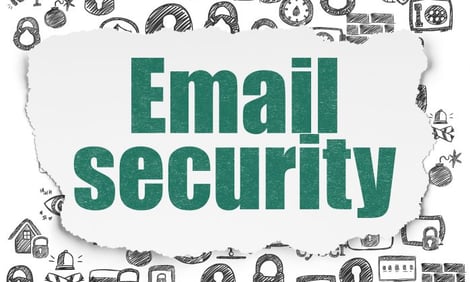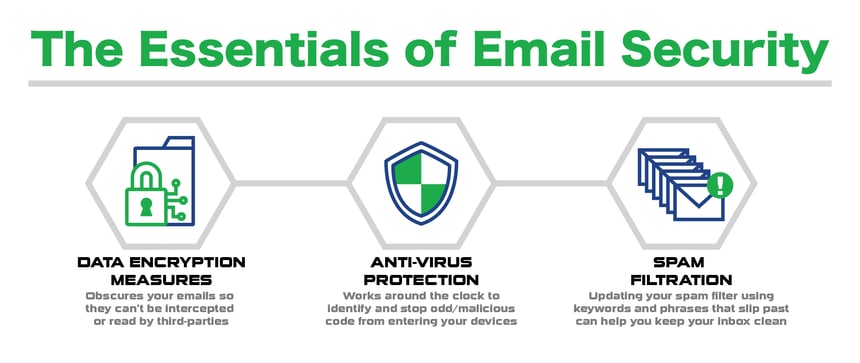
Email communication is now what makes the world go ‘round. While the pandemic has exacerbated the need for online communication channels, email has been highly reliable for many years.
As such, email security is a must-have feature for a successful business. It’s not enough to simply toss out emails and occasionally hop on a Zoom call. You need to make sure everything from customer information and company strategies are kept under lock and key. If you haven’t updated your email security protocol, keep reading.
We’re going to dive into our complete guide to email security below. Once you’re done, your business will be safer and more efficient.

The Importance of Email in the Working World
Did you know there are over four billion email users around the world? Email is a structural necessity for essential business communication, as well as day-to-day life.
Sadly, email is a double-edged sword. Businesses today have to contend with serious issues related to email security such as phishing attacks or spam. Keeping these risks at bay is a little more complicated than it seems on the surface. After all, you only have to open up one wrong email to cause a serious problem.
Email newsletters, business updates, and news are the most common emails opened up today. You may also open up specialized promotions in your industry or letters from family. No matter what, you deserve to do so safely.
Related: Cybersecurity Risk Management: A Complete Guide

Breaking Down the Essentials of Email Security
Have you ever received an email from an unknown sender that made you nervous? How about a spam email sent to your main folder that seemed suspicious?
You’re experiencing the necessities of email security: keeping your business and customers safe from malicious parties.
Below we’ll break down the most common email security risks and the tools you need to keep them at bay.
Don’t leave your email security up to chance. We provide businesses with the IT management tools and industry expertise needed to stay safe.
Data Encryption Measures
Data encryption can be tricky to understand at first. The best metaphor is to think of your email as a physical letter moving from one area to the next.
This letter has the possibility of being intercepted and read by third-parties before it reaches the intended recipient. Data encryption provides you a level of privacy by obscuring any and all important details in your email. These details include (but aren’t limited to):
- Personal information
- Addresses
- Names
- Bank account information
- Business plans
Related: Everything You Need To Know About Spear Phishing
Anti-Virus Protection
Good anti-virus protection is vital when working online. These powerful programs work around-the-clock to identify malicious code and odd behavior.
While you could technically go in and delete all the spam emails yourself, this is a bad idea for two reasons. The main reason is the sheer time-consuming effort needed to eliminate spam: spam emails account for 45% of all emails sent. The second reason this is a bad idea is because you could accidentally open a spam email while trying to delete it.
Spam emails are cleverly designed to trick you into clicking on a link and opening up a virus. While modern anti-virus protection can catch the majority of ransomware, malware, and spyware, there’s always a possibility of an exception breaking through.
Filtering Out Spam
It all comes down to spam. Not only do you need data encryption and a robust anti-virus software, you need an updated spam filter.
Most email programs already have phishing filters in place to catch spam. It’s best to update this system on a rolling basis depending on your unique business needs. Are there certain keywords or phrases that seem to slip past the filter? Do you find yourself still deleting spam emails while checking your newsfeed for the day?
You can even update your spam filter to delete more quickly instead of filling up your box.
Email Marketing Best Practices
It’s only natural that email security extends to email marketing. Email marketing continues to top business lists as one of the best tools due to the relatively low cost and high output.
Your email marketing strategy should include features to protect your employee and customer information. Anti-virus protection, phishing filters, and customer expectation management is a must.
If you currently work with an email marketer or want to, reach out to them to discuss elements such as:
- Avoiding spammy keywords for business emails
- Marketing best practices, such as visible unsubscribe buttons
- Establishing trust with primary audiences
Related: 5 Common Cyber Threats To Watch Out For
Conclusion
Email security will provide your business a sturdy baseline for communication and marketing. Without it, you run the risk of exposing essential information to the wrong people.
Update your email security measures for 2022 by updating your phishing filter, upgrading your anti-virus software, and using data encryption measures. Email marketing also needs consistent updates with email security, such as avoiding spammy keywords in the subject line.
Is your email campaign robust enough to keep up with the competition? Contact us today to access IT solutions, industrial IT compliance, and cloud solutions.
 Read More
Read More
 Joseph Ugalde
Joseph Ugalde



